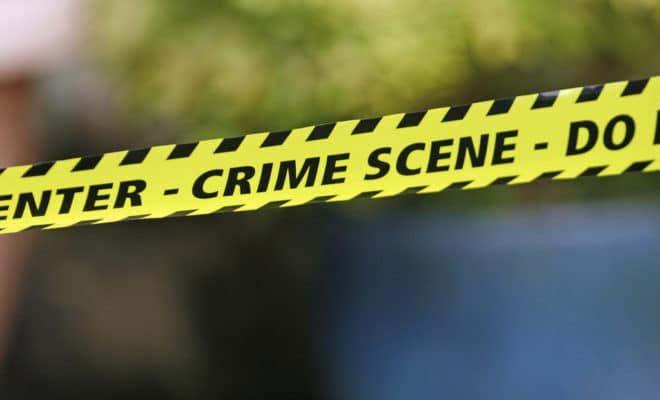Books
Killings of Journalists Show the Bloody Fingerprints of Organized Crime

The last two years have been deadly for journalists, with 31 murdered around the world this year alone, according to the Committee to Protect Journalists.
In Mexico, journalists have been killed by arson, gunned down at a cafe and shot execution-style while out at a bar. In Malta, one was killed by a bomb hidden in her car. In Ecuador, two were kidnapped and killed by a drug cartel, and in India, one was killed after exposing a “sand mafia” that sold dirt to real estate developers.
The last two years have been deadly for journalists, with 31 murdered around the world this year alone, according to the Committee to Protect Journalists. But a report released this past week by Reporters Without Borders documented more than two dozen who had been killed by members of organized crime since the start of 2017, including fatal attacks in Mexico and Europe that underscored the entrenched power of criminal syndicates around the world.
So far this year, at least a dozen journalists have been killed by members of organized crime, according to the report, bringing the kind of violence often associated with war zones to countries like Malta or Brazil that are farther from the chaos of the front lines. In many cases, the crimes go unpunished by authorities who are hostile to the news media or are involved in criminal activity themselves.
“As opposed to Syria or Afghanistan, where the press is often killed by terrorist groups, this report shows the link when government and corrupt organizations work in tandem to silence the work of journalists in a really covert way,” said Noni Ghani, a spokeswoman for Reporters Without Borders. “These things don’t just happen in conflict zones or countries at war. They really happen everywhere.”
Mexico has borne the brunt of these killings. Nine reporters were killed by organized crime in Mexico in 2017, and at least four have been killed there since the start of this year, according to Reporters Without Borders. The group said it was investigating four more killings to determine whether they were linked to organized crime.
“We have reported 32 Mexican journalists that have been killed by drug cartels since 2012, and 90 percent of the crimes against journalists in Mexico have gone unpunished,” Ghani said. “It’s a country where impunity prevails more than any other country.”
Six were killed elsewhere in Latin America, the group said. In Ecuador, two journalists, Javier Ortega and Paúl Rivas, and their driver, Efraín Segarra, were kidnapped in March and later killed by Colombian drug traffickers. And in Brazil, Jefferson Pureza Lopes, Jairo Sousa and Marlon de Carvalho Araújo, three journalists who had been critical of local officials, were gunned down by gang members in separate attacks.
In India, Sandeep Sharma, who exposed an illegal sand-mining ring that included a local police chief, was run down and killed by a truck.
The European Union, which has historically enjoyed high levels of press freedom, has not been spared. Two journalists, Jan Kuciak in Slovakia and Daphne Caruana Galizia in Malta, have been killed there in the last two years, reflecting the spread of Italian mafia activity throughout the bloc. The killing of a third journalist, Viktoria Marinova, in Bulgaria in October is being investigated to determine whether criminal organizations were involved.
Reporters Without Borders said it had also documented at least five murder attempts against journalists that were planned or executed by members of criminal organizations, along with numerous threats or nonlethal attacks on journalists that were linked to organized crime.
While journalists in the United States have safer working conditions, they have also increasingly faced pressure, with a steady drumbeat of verbal attacks from President Donald Trump and his allies. The tension escalated sharply in October when explosive devices were mailed to the New York offices of CNN, a frequent target of Trump’s ire, as well as to Democrats critical of the president. No one was injured by the devices.
Overall, the number of journalists who have died or been killed while working has climbed over the past year, said Robert Mahoney, deputy executive director of the Committee to Protect Journalists. That includes deaths in which the journalist was not targeted and in killings unrelated to organized crime.
He pointed to the death of Jamal Khashoggi, a journalist who wrote for The Washington Post and was killed in October by a Saudi government hit squad inside the Saudi consulate in Istanbul. Mahoney also cited lower-profile killings in conflict zones like Syria, where nine journalists have died so far this year, or in Afghanistan, where at least 12 have lost their lives.
In slightly less than 90 percent of cases, the perpetrators of attacks against journalists go unpunished, Mahoney said.
“There is very little justice for slain journalists,” he said. “That sends a terrible signal to journalists around the world that the state, the judiciary, law enforcement is not going to protect you.”
c.2018 New York Times News Service
